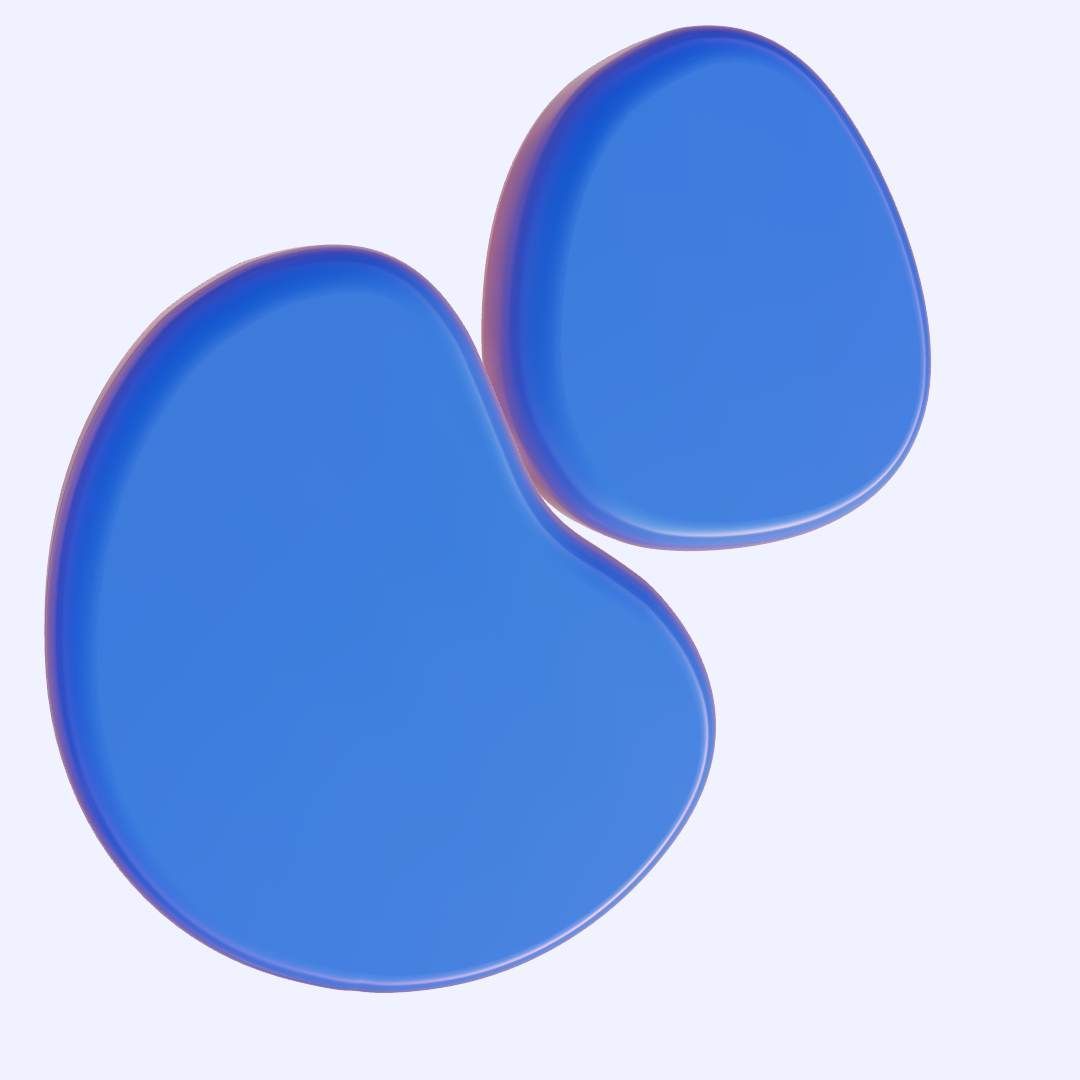Looking for the best system for sending newsletters? Discover the tools we recommend.
Should You Use a Newsletter Template or Start from Scratch?
When it comes to crafting an effective email newsletter, one of the most pressing questions marketers and retailers face is whether to use a newsletter template or start from scratch. The choice can significantly impact the overall success of your communications. Let’s dive into the pros and cons of each option.
The Case for Newsletter Templates
Newsletter templates are pre-designed formats that can simplify your email creation process. They often come with built-in layouts, typography, and color schemes that align with industry standards.
Speed and Efficiency
One of the most immediate benefits of using a template is the time-saving aspect. Templates allow you to quickly generate newsletters without having to start from square one. You can focus on content rather than design.
Pro tip: Choose a template that is customizable, allowing you to incorporate your brand's colors and logos while maintaining a quick workflow. This way, you can achieve a professional look without the hefty time investment.
Consistency in Branding
Templates often promote consistency, which is crucial for branding. They typically ensure that your newsletter uses the same fonts, colors, and styles across different issues. This helps in making your brand recognizable and establishes trust with your audience.
Pro tip: Make sure to modify the template slightly over time to keep things fresh. A static look can make your audience lose interest.
Pre-Optimization for Deliverability
Many newsletter templates come pre-optimized for better deliverability rates. They include best practices around image sizes and text-to-image ratios, which can help your newsletter land in the inbox rather than the spam folder.
Pro tip: Always test your newsletter for various email clients and devices before sending it out. This ensures that the template appears as it should across different platforms.
The Case for Starting from Scratch
On the flip side, creating a newsletter from scratch allows for complete creative freedom. You aren't bound by the limitations of a pre-defined structure, which can help your newsletter stand out in a crowded inbox.
Enhanced Customization
When you start from scratch, you have the ability to fully tailor every aspect to meet your audience's specific needs. Whether it’s a unique layout or specific call-to-action buttons, the options are virtually limitless.
Pro tip: Conduct thorough research on your target audience to determine what designs and layouts resonate best with them, helping you craft a more effective newsletter.
Unique Brand Identity
In a competitive landscape, having a unique newsletter helps you differentiate yourself from competitors. A bespoke design can reflect your brand’s personality in a way that templates may not be able to. This fosters a deeper emotional connection with your audience.
Pro tip: Sketch out a few design concepts on paper before moving to digital tools. Sometimes, starting with a rough draft can ignite more creative ideas.
The Potential for Higher Engagement
Custom newsletters allow you to experiment with various elements, including interactive content, rich media, and personalized messages based on user behavior. This can lead to higher engagement rates.
Pro tip: A/B test different formats and layouts to see what drives more clicks and conversions. Data-driven insights can guide your future designs.
Analyzing Cost Considerations
Cost is another factor to consider when deciding whether to use a template or create a newsletter from scratch. While templates may seem cost-effective initially, the long-term expenses of a custom design can often outweigh the immediate savings.
Upfront vs. Long-Term Costs
Templates typically come with a lower upfront cost, allowing you to jump right into creating content. However, if you want to maintain your newsletter's effectiveness over time, you may need to invest in updates, which can add up.
Pro tip: Calculate the total cost of ownership for a template versus a custom design. Make sure your investment aligns with your business goals.
Resource Allocation
Consider your resources—both financial and human. Can you afford a designer to create your newsletter from scratch, or does it make more sense to use a templated approach that your marketing team can handle?
Pro tip: Evaluate your team’s skill levels. If your team is not design-savvy, working from a template could save you valuable time and reduce frustration.
Audience Engagement and Feedback
Your audience plays a critical role in the decision between templates and custom designs. The key is to understand their preferences and how they interact with your newsletter.
User Preferences
Engagement metrics such as click-through rates (CTR) and open rates will give you insights into what your audience likes. If you notice consistent engagement with certain layouts or styles, you should consider either fine-tuning that template or creating something similar from scratch.
Pro tip: Use surveys and feedback forms to gather information from your audience on what they like and don’t like about your newsletters. This will guide your future design choices.
Retention and Trust
Both templates and custom designs can result in improved retention rates if done well. Consistency in design builds trust, while unique and engaging designs encourage clicks.
Pro tip: Pay attention to unsubscribe rates. A spike after introducing a new newsletter design could indicate that your audience prefers the previous iteration.
Conclusion: Finding the Right Approach
Ultimately, the decision to use a newsletter template or to start from scratch depends on your specific needs, budget, resources, and audience. Many successful marketers use a combination of both methods, utilizing templates for efficiency while customizing key elements to deepen brand engagement.
Pro tip: Test both approaches on different segments of your audience. Track performance metrics over time and adapt your strategy based on real-world results.
Whichever option you choose, prioritize quality content and strategic insights to maximize the effectiveness of your newsletters. Your ultimate goal should always be to provide value to your readers.

